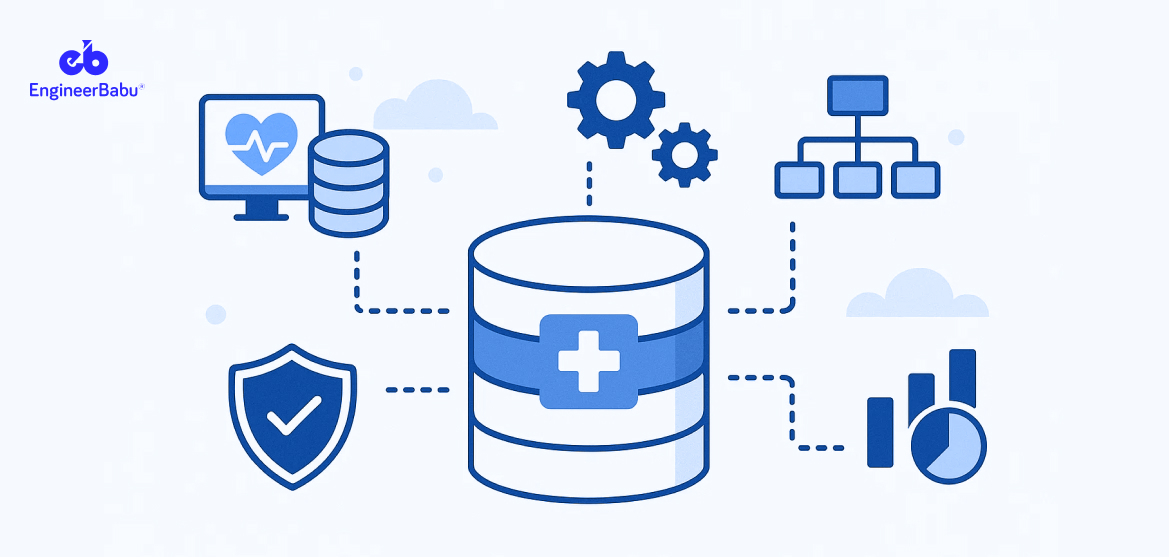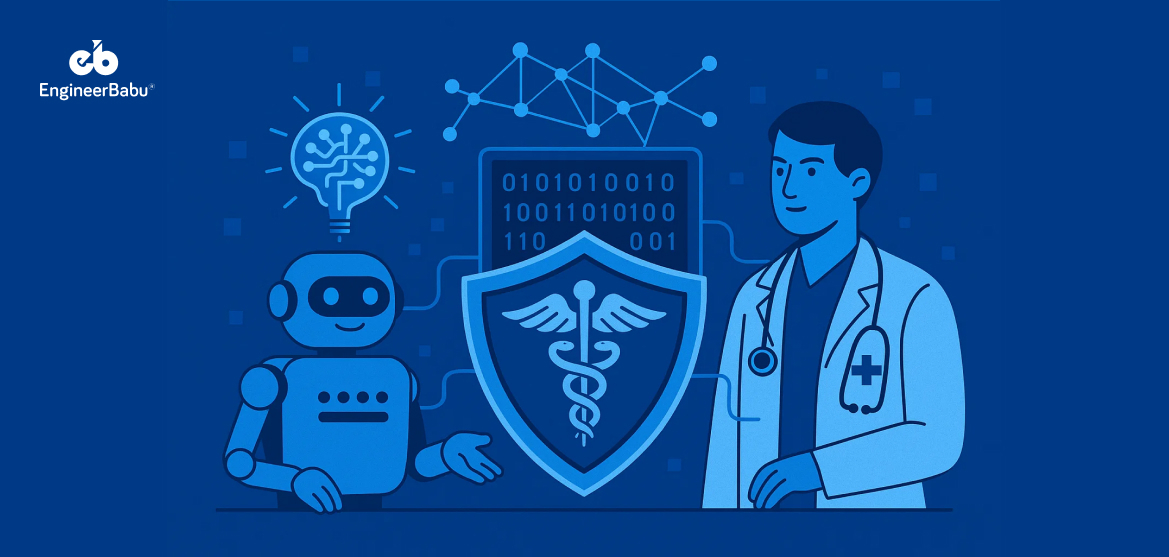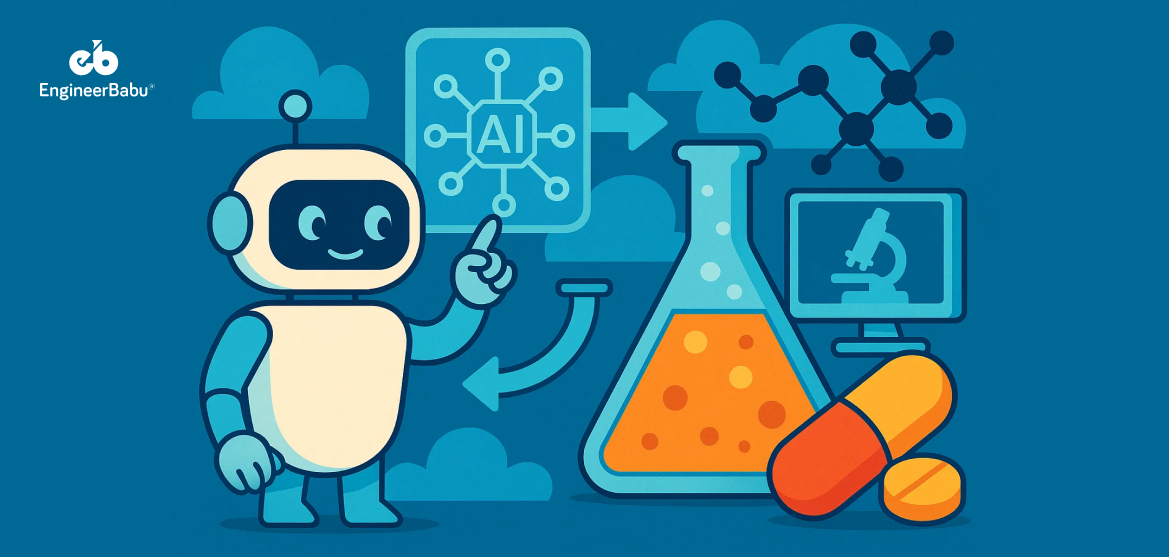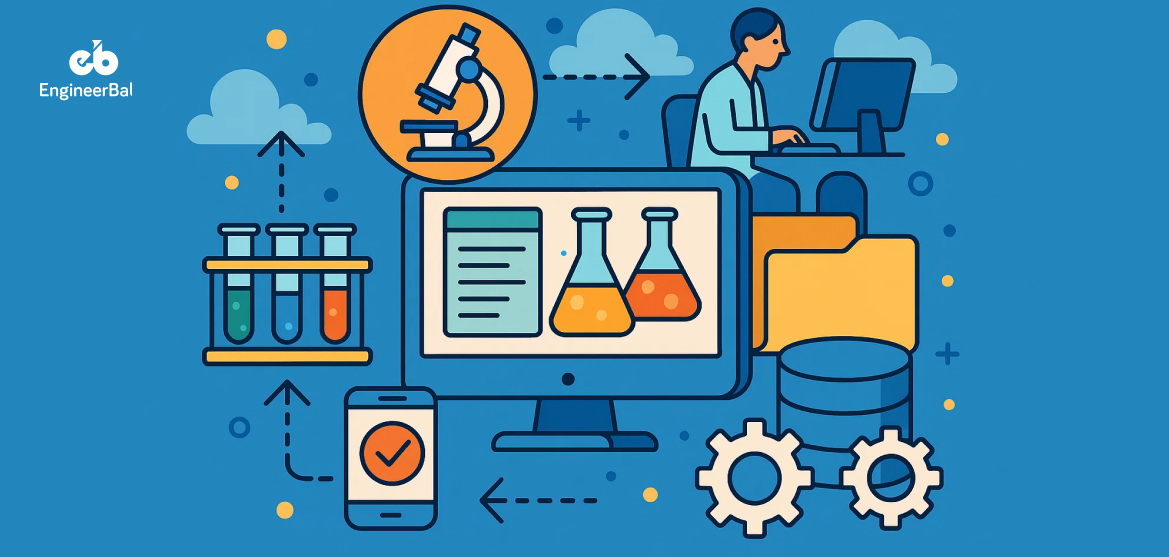Healthcare generates nearly 50 petabytes of data each year. But about 80% of it goes unused, mostly because it’s unstructured and scattered across different systems. A hospital might use one tool for electronic health records, another for lab results, and something else entirely for billing. These systems rarely talk to each other, making it hard to get a full picture of any patient or operation.
That’s where a healthcare data warehouse comes in. It pulls together data from all these different systems and puts it in one place where it can actually be used. But not all warehouses are built to handle the complexity of modern healthcare. It’s not just about storage—it’s about speed, accuracy, security, and access.
This post breaks down the features of healthcare data warehouse platforms that healthtech teams should care about. If even one is missing, the whole system can break down.
What is a Healthcare Data Warehouse?
A healthcare data warehouse is a centralized system that stores data from multiple sources like EHRs, lab systems, radiology platforms, pharmacy records, and billing software. It’s built to organize, clean, and connect data that would otherwise stay isolated in different systems.
Unlike traditional databases, a data warehouse is optimized for fast querying and large-scale analytics. It supports both real-time and historical reporting, which helps healthcare organizations track trends, measure outcomes, and support clinical decisions.
For example, a hospital can use a data warehouse to identify patients with similar risk factors, predict readmission rates, or track how certain treatments are performing across departments. It can also support financial planning and compliance by keeping data accessible and audit-ready.
In short, a healthcare data warehouse makes it possible to see and use the full picture—not just fragments from one system at a time.
Essential Features of a Healthcare Data Warehouse
Data Integration and Interoperability
A healthcare data warehouse must bring together data from different systems—EHRs, lab systems, imaging software, billing platforms, and more. Each system often stores information in different formats, making it hard to unify without a proper data integration setup.
The warehouse should support healthcare data standards like HL7, FHIR, and DICOM to normalize this information. This ensures that all departments, from cardiology to billing, are referencing the same patient data. Interoperability reduces duplicate tests, supports coordinated care, and enables faster access to comprehensive patient records.
Scalability and Performance
As hospitals adopt digital tools, the amount of data they generate keeps growing. A healthcare data warehouse should be able to handle this growth without slowing down. It needs to manage both structured data like lab values and unstructured data like physician notes or medical images.
Performance features like parallel processing, real-time data streaming, and columnar storage help keep query times fast—even under heavy load. This is critical for clinical environments where speed directly impacts care delivery.
Security and Compliance
Protecting patient data is non-negotiable. A healthcare data warehouse must comply with HIPAA, GDPR, and other local privacy laws. It should include data encryption (both at rest and in transit), role-based access controls, and detailed audit trails.
This helps ensure that only authorized personnel can access sensitive information and that all activity is logged for accountability. Meeting these requirements not only protects patient trust but also shields the organization from legal and financial penalties.
Data Quality and Consistency
A warehouse is only as good as the data it holds. If records are incomplete, duplicated, or formatted inconsistently, they become a liability instead of an asset. The warehouse should have built-in tools for data validation, deduplication, and standardization.
This ensures that every patient profile is accurate, every report pulls from clean data, and every analysis produces reliable results. High data quality supports better clinical decisions and smooth operations.
Advanced Analytics and Reporting
A healthcare data warehouse should support both day-to-day reporting and long-term analysis. It needs to connect with tools like Tableau, Power BI, or internal dashboards to allow users to build reports and visualizations without needing deep technical skills.
Advanced systems may also support predictive analytics, helping teams identify risks or forecast resource needs. With this feature, healthcare providers can move from reactive to proactive decision-making.
User-Friendly Interface
Not every user will be a data analyst. A healthcare data warehouse must be easy to navigate for clinicians, administrators, and support staff alike. Features like drag-and-drop interfaces, saved queries, and searchable data catalogs help non-technical users interact with the data confidently.
A clear, intuitive interface drives higher adoption and allows staff to answer questions or run reports without needing IT support every time.
Conclusion
Choosing the right healthcare data warehouse isn’t just a technical decision—it’s a strategic one. The features you prioritize directly impact how useful, reliable, and secure your data becomes. When data is integrated, accurate, and accessible, it doesn’t just sit in storage—it drives better patient care, faster operations, and smarter decisions.
For healthtech enterprises, these features are the foundation for building tools that actually work in a clinical environment. From data integration to real-time analytics, every feature plays a role in turning fragmented data into meaningful action. Get the foundation right, and you’ll build a product that helps hospitals run smarter, not harder.
FAQs
1. What makes a healthcare data warehouse different from a regular data warehouse?
A healthcare data warehouse is built to handle sensitive, highly regulated medical data. It supports healthcare-specific standards like HL7 and FHIR, manages unstructured data like clinical notes and imaging, and includes features for HIPAA compliance. Regular warehouses don’t account for these needs.
2. How do I know if a data warehouse supports interoperability?
Check if the system can connect with common healthcare systems using standard protocols like HL7, FHIR, and DICOM. Ask for real-world examples of integrations they’ve supported—such as pulling data from EHRs like Epic or Cerner.
3. Why is data quality such a big deal in healthcare?
Bad data leads to bad care. If a system pulls outdated records, duplicate patient IDs, or mismatched medications, it can affect diagnosis, treatment, and billing. A good data warehouse maintains clean, consistent data across all departments.
4. Can a small healthtech startup build its own data warehouse?
Yes, but it requires a clear understanding of healthcare data standards, compliance requirements, and scalability needs. Many startups start with cloud-based data warehouses like Snowflake or Google BigQuery and customize from there.
5. What’s the difference between a data warehouse and a data lake in healthcare?
A data warehouse stores structured, cleaned, and ready-to-use data. A data lake holds raw, unprocessed data in its original format. Warehouses are better for analysis and reporting, while data lakes are better for storing large volumes of varied data that might be used later.




